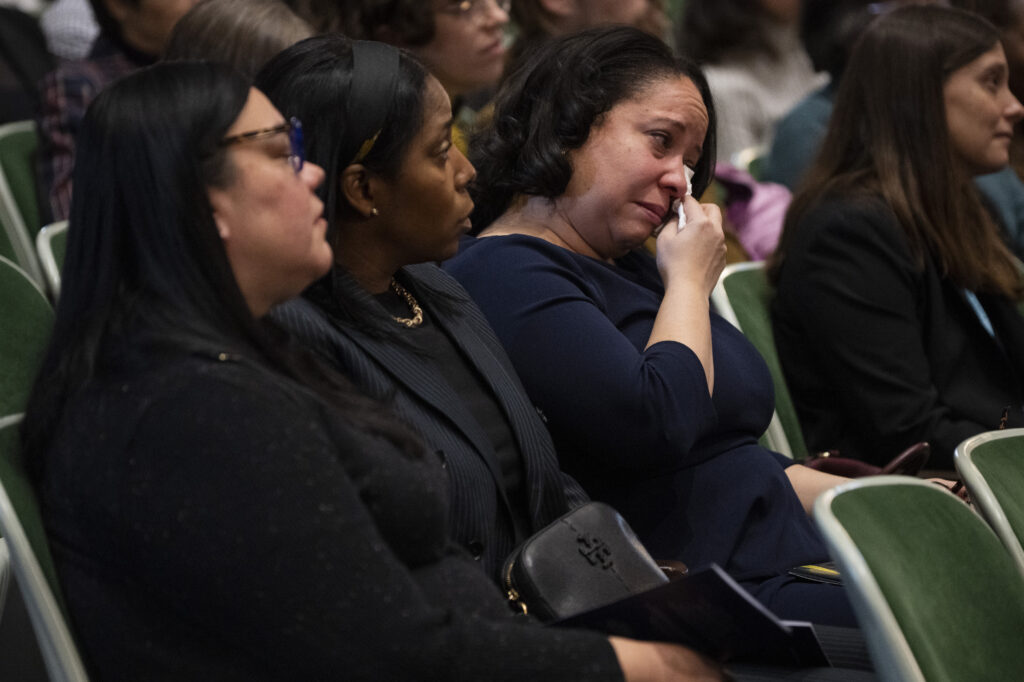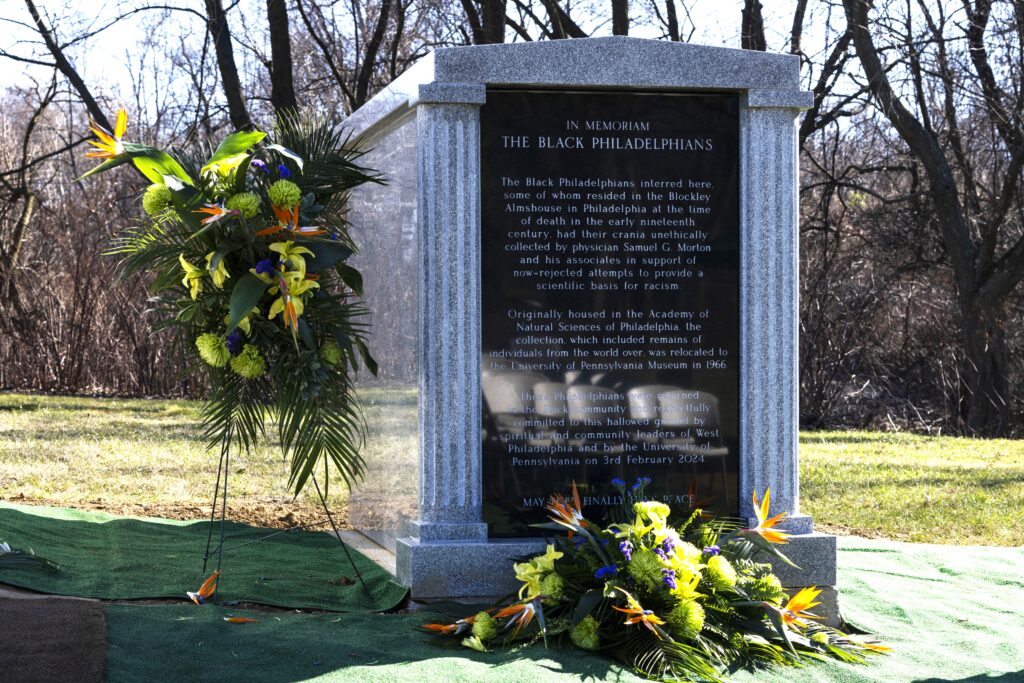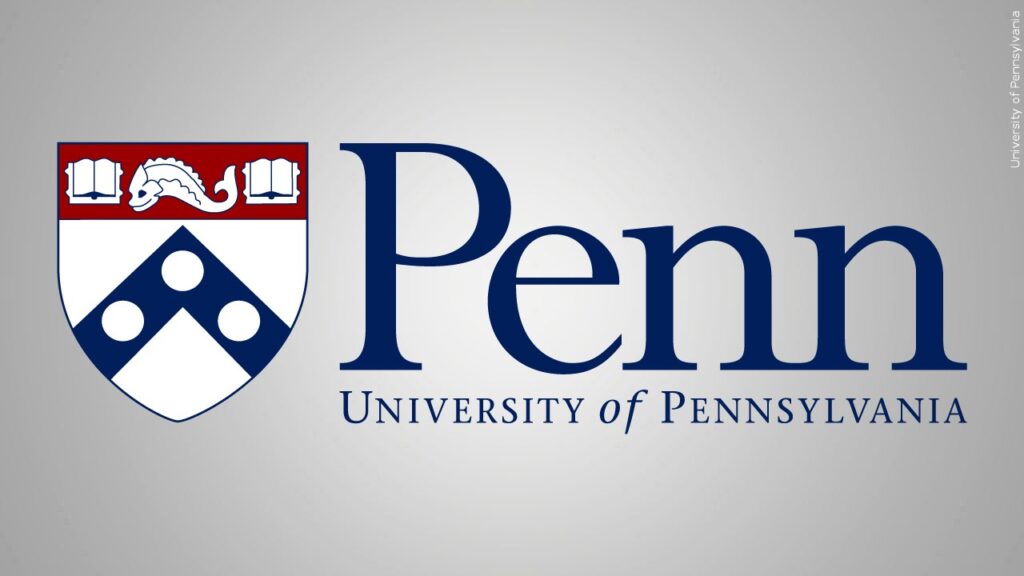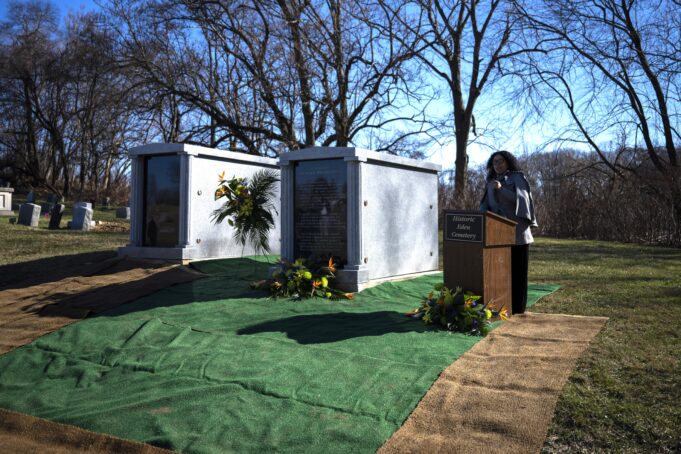PHILADELPHIA—In the still air of our collective history, the screams of those who were silenced by a transgression against their final resting place echo, if one chooses to listen. We speak of the remains of Black people, robbed of their dignity, and used in ways that contravene the spiritual traditions of their descendants.
It’s a tale as harrowing as it is recurrent, threaded through centuries of colonial plunder and scientific voyeurism that many observers hoped had resided in the past. Yet, the repugnant reality is that such practices continue and demand an urgent societal reckoning.
After nearly two centuries, the University of Pennsylvania has acknowledged its complex role in harboring a collection that can be seen as symbolic of racial voyeurism.
Nineteen Black American citizens, whose skulls were forcibly taken and housed within the infamous Morton Cranial Collection—the largest of its kind from the 19th century—finally received a dignified closure with their burial at Eden Cemetery in early January.

Considered as well are the MOVE remains, a story that, in the annals of tragedy and institutional betrayal, rivals the most outrageous of the tragic tapestry woven by White racism. In the 1985 bombing in Philadelphia, Black liberation activists were killed, and their remains were used as pawns in a political chess game.
Forensic anthropologists stored these remains at the University of Pennsylvania’s Museum of Archaeology and Anthropology, each bone a silent testimony to the disregard for Black lives that permeates society.
The Morton Collection, named for Dr. Samuel George Morton, has long been mired in ethical controversies, primarily because the collection served to underpin spurious scientific claims that bolstered ideologies of White supremacy as America inched toward civil conflict.
The ceremony marking their internment on February 3, though long overdue, signifies a step toward rectifying historical injustices and addressing the dehumanizing practices that these individuals endured even beyond death.
While consensus exists on the essential facts, the circumstances surrounding the interment of these remains, including the individuals involved in the decision-making process and those excluded from it, have ignited a fervent dispute. This occurred in the wake of a secret burial in January and a subsequent commemorative event.

Such conflicts are not confined to the halls of the Penn Museum or the boundaries of Philadelphia; they reflect a broader national introspection concerning the disciplines of science, history, and anthropology.
This reflection is intertwined with a critical examination of the role that racial prejudice has historically played in scholarly inquiry, the acquisition of art and artifacts through dubious means or outright plunder, and the utilization of human remains without the consent of individuals or their families.
Finding Ceremony, a grassroots community organization signals a significant shift toward a community-driven approach in addressing the ethical handling of ancestral remains. “At its core, it is a process that seeks to reintegrate dignity, proper care, and spiritual recognition into the practices surrounding the treatment of the deceased,” cited its website.
The emergence of Finding Ceremony can be traced back to the critical work of activist aAliy Muhammad and Dr. Lyra Monteiro, a history professor at Rutgers University who pinpointed the longstanding oversight by the Penn Museum, not only with its Morton Cranial Collection but also concerning the MOVE family’s remains, amongst other individuals kept in storage.

An article Mr. Muhammad and Dr. Monteiro wrote in January on intersectionist.medium.com, stated: “Penn has exerted control over these and other ancestors’ remains through theft, display, and research-based extraction; we seek a consent-based process controlled by descendants and descendant community members, a process that we are calling ‘Finding Ceremony.’”
The article continued, “Dr. Samuel George Morton’s violent collection of over a thousand skulls has gotten attention in recent years, when it came to light that the Penn Museum had about 500 of them on display in glass cabinets in a small classroom.
While ‘craniologists’ like Morton were largely concerned with amassing and measuring ‘racial types,’ other physicians also plundered the disenfranchised dead of their own cities.
Both practices were, ultimately, about collecting trophies of heteropatriarchal White supremacy.” According to the Penn Museum website, Dr. Morton was a physician and anatomy professor “most remembered for his collection of human skulls.”

During the ceremony in honor of the Penn remains, Reverend Charles Lattimore Howard, chaplain at the University of Pennsylvania, acknowledged the deep historical wounds inflicted upon the Black community, while recognizing a long-awaited beginning of healing and closure.
“We gather here as part of a memorial, a moment of truth and repentance. It’s a step toward the peace that has eluded us for nearly two centuries,” he expressed in the Harrison Auditorium.
The community’s voice echoes in the steadfast resolve for justice, where decisions regarding ancestral remains are demanded to be made with transparency and in consultation with descendants. This call, articulated by Dr. Lyra Monteiro among others, highlights the necessity for corrective steps to be in harmony with those directly impacted, assuring that no decisions are made in isolated judgment.
“The museum is calling the shots,” said Dr. Monteiro, “They are not listening to descendants—they are making their own decisions, and we absolutely have a problem with that.”
As a step toward community healing, the museum shared that on January 22, they respectfully interred the remains at Eden Cemetery, a historic African American burial site. The resting places for the 19 individuals from Philadelphia were commemorated with dignified grey granite mausoleums, thoughtfully designed to honor their legacy.
Dr. Monteiro, while expressing her concerns, emphasized the importance of community involvement in settling matters of ancestral remains. She advocated for a process that fosters reconciliation and closure, one which should rightfully involve those connected by heritage and history to the remains, rather than the institutions accountable for the original grievances.
In an important move toward reconciliation and community healing, museums nationwide are revisiting their exhibit policies concerning Native American artifacts, according to CNN.
In line with recent regulations, it is now mandatory for museums and federal agencies to engage in a meaningful dialogue with tribal descendants or Native organizations to achieve informed consent before presenting or studying human remains and significant cultural items.
Aja Lans, an assistant professor at Johns Hopkins University, expressed concern to CNN about the pace at which the Penn Museum addressed the repatriation of certain artifacts. Dr. Lans argued that more archival research was necessary for proper identification before taking action, implying that the museum’s swift decision to inter the items was not thoroughly considered.
“To wait without a foreseeable end for research that may never be conclusive would be tantamount to doing nothing at all—which is ethically unacceptable for our museum,” wrote Dr. Christopher Woods, an Avalon Professor in the Humanities at the University of Pennsylvania and the Williams Director of the Penn Museum, in a recent op-ed piece for the Philadelphia Inquirer.
“It will be a happy day if these obstacles are surmounted, and we can return at least some of these Philadelphians to their descendants. For now, while research continues, let them rest in peace and with dignity at Eden Cemetery, rather than in the storerooms of the Penn Museum.”
aAliy Muhammad of Finding Ceremony is a vocal advocate for the restitution of ancestral remains since attending an enlightening 2019 symposium on Samuel G. Morton’s collection. Mr. Muhammad has challenged the museum’s stance that further identification of the remains was unfeasible, suggesting that efforts and resources should have been directed toward this significant endeavor.
In critiquing the museum’s commemorative event, he expressed disappointment in the lack of focus on the individuals’ legacies during the interment, feeling that the ceremony fell short of properly honoring their lives and stories.
Mr. Muhammad believes that the narrative should shift away from the collector’s notoriety to acknowledge and celebrate the history and humanity of the ancestors, thus moving toward a path of healing and community reconciliation.
Forensic anthropologist Dr. Phoebe Stubblefield, an expert in human skeletal variation, identification, and paleopathology at the University of Florida, shared with The Final Call that she understands both perspectives.
“In an ideal scenario, programs using human skeletal remains for teaching or research should have complete knowledge of the origin and acquisition process of the remains. This would ensure transparency and ethical handling, leading to an appropriate final disposition based on the source information,” she said.
“The situation is intriguing. I find it interesting how Penn handled the issue. They chose not to bury the remains but to inter them above ground in a crypt for further research to potentially identify relatives for a more permanent resting place. It’s actually a thoughtful approach that may help keep the bones stable,” Dr. Stubblefield reasoned.
“I often feel a sense of responsibility toward these people whose bones we disturb. Once we uncover their remains, the question arises: what should we do with them? Handing over the remains becomes complex when there are multiple generations involved without direct descendants. The families need time to decide who has priority in claiming the remains.”
“During this decision-making period, I believe it’s best to store the remains above ground until the community determines a respectful plan for reburial. This ensures that the community is involved in representing and honoring the remains appropriately, keeping them out of research reach,” she concluded.
The Final Call contacted the University of Pennsylvania and the University of Pennsylvania’s Museum of Archaeology and Anthropology for direct comments but did not receive a response before the press deadline.













